Nickname(s) "Nick" | Years of service 1960–741981–89 Name James Rowe | |
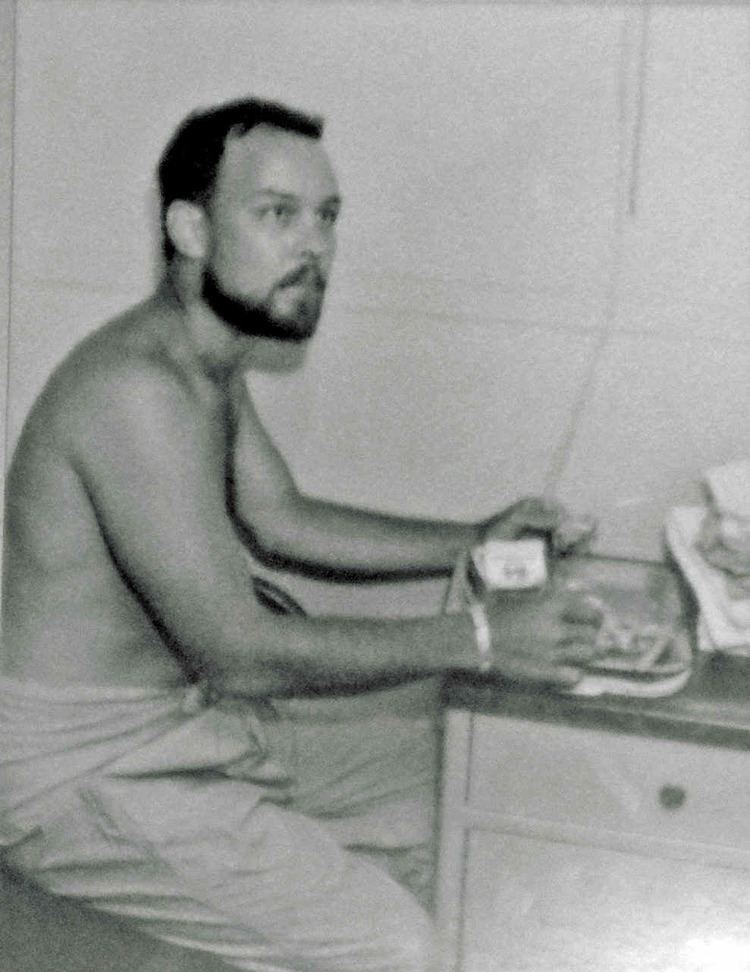 | ||
Born February 8, 1938McAllen, Texas ( 1938-02-08 ) Allegiance United States of America Spouse Jane Caroline Benson (m. 1969) Books Five years to freedom, The Judas Squad, The Washington Connection Awards | ||
James Nicholas "Nick" Rowe (February 8, 1938 – April 21, 1989) was a United States Army officer and one of only 34 American prisoners of war to escape captivity during the Vietnam War. Colonel Rowe was credited with developing the rigorous US Army Survival, Evasion, Resistance and Escape (SERE) training program taught to high-risk military personnel (such as Special Forces and aircrews) and the U.S. Army doctrine which institutionalizes these techniques and principles to be followed by captured personnel.
Contents
- Personal life
- Military service
- Prisoner of war
- Designs survival course
- Supports Philippines counter insurgency
- Politics
- Memorials
- References

In 1989, Rowe was killed by a unit of the New People's Army in the Philippines called the Alex Boncayao Brigade.

Personal life
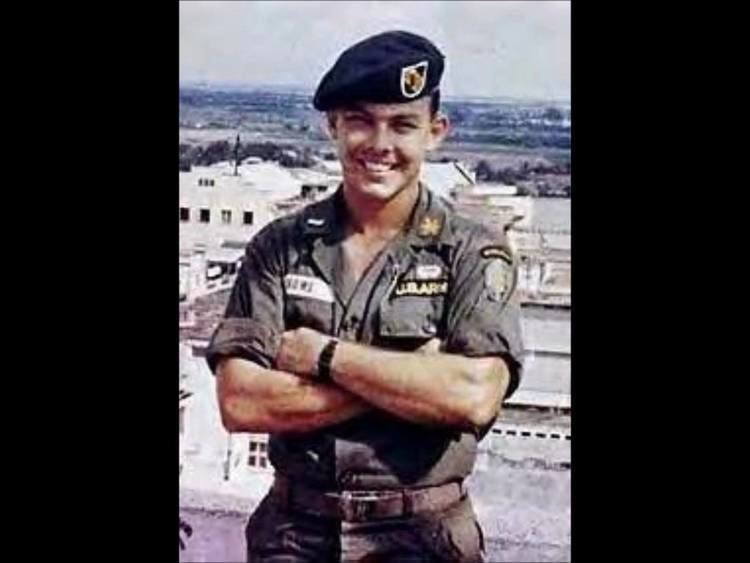
Rowe was born in McAllen, Texas on February 8, 1938 to Lee Delavan and Florence (Survillo) Rowe. He grew up in McAllen, joining his local DeMolay chapter, and graduated from McAllen High School in 1956 before leaving for the United States Military Academy at West Point, New York. His older brother Richard had also attended West Point, but died a few months before graduation in 1944.

Rowe married Jane Rowe on December 27, 1969, whom he later divorced. His widow is Mary. He has two daughters, Deborah and Christina, from his first marriage and two sons, Stephen and Brian, from his second marriage.
Military service

Rowe graduated from West Point in 1960 and was commissioned as a second lieutenant in the United States Army. In 1963, First Lieutenant Rowe was sent to the Republic of Vietnam and assigned as Executive Officer of Detachment A-23, 5th Special Forces Group, a 12-man "A-team". Located at Tan Phu in An Xuyen Province, A-23 organized and advised a Civilian Irregular Defense Group camp in the Mekong Delta region of Vietnam.
Prisoner of war
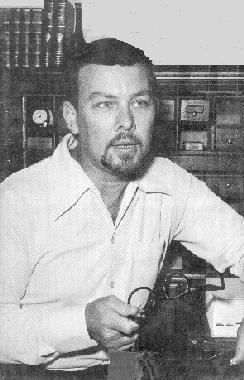
On October 29, 1963, after only three months in country, Rowe was captured by Viet Cong elements along with Captain Humberto "Rocky" R. Versace and Sergeant Daniel L. Pitzer while on an operation to drive a Viet Cong unit out of the village of Le Coeur. Rowe states that the VC were a main force unit due to his observations of their equipment.
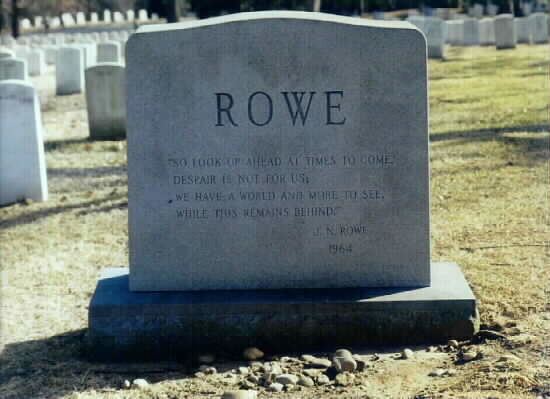
Rowe was separated from his fellow Green Berets and spent 62 months in captivity with only brief encounters with fellow American POWs. Rowe was held in the U Minh Forest, better known as the "Forest of Darkness," in extreme southern Vietnam. During most of his five years in captivity Rowe was held in a 3 by 4 by 6 feet (0.91 m × 1.22 m × 1.83 m) bamboo cage. As an intelligence officer, Rowe possessed vital information about the disposition of defenses around the CIDG camps, the locations of mine field, names of friendly Vietnamese, and unit locations and strength. Rowe had left his West Point ring at home in the United States, and he told his captors that he was a draftee engineer charged with building schools and other civil affairs projects. The Viet Cong interrogated him unsuccessfully. They gave him some engineering problems to solve and Rowe, relying on the basic instruction in engineering he'd received at West Point, successfully maintained his deception.
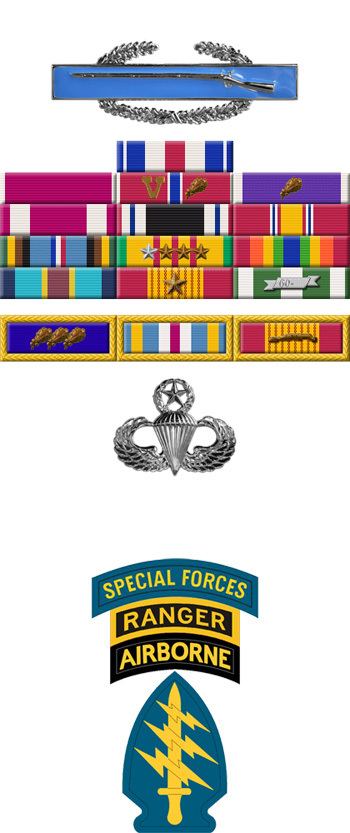
However, Rowe's deceptive cover was blown when the Viet Cong managed to obtain a list of American high-value prisoners-of-war (POWs), and his name was in the list, identifying him as an intelligence officer. This enraged the VC, prompting them to order his execution.

Rowe was then led deep into the jungle to be shot. When his would-be executioners were distracted by a flight of American helicopters, he overpowered his guard, escaped and flagged down a UH-1 helicopter. He was rescued on December 31, 1968. Rowe had been promoted to Major during captivity.
In 1971, he authored the book, Five Years to Freedom, an account of his years as a prisoner of war. In 1974, he continued his military career the U.S. Army Reserve.
Designs survival course
In 1981, Rowe was recalled to active duty as a lieutenant colonel to design and build a course based upon his experience as a POW. Survival, Evasion, Resistance, and Escape (SERE) is now a requirement for graduation from the U.S. Army Special Forces Qualification Course. SERE is taught at the Colonel James "Nick" Rowe Training compound at Camp Mackall, North Carolina. It is considered by many to be the most important advanced training in the special operations field. Navy, Air Force and Marine Special Operations personnel all attend variations of this course taught by their respective services.
Supports Philippines counter-insurgency
By 1987, Colonel Rowe was assigned as the chief of the Army division of the Joint U.S. Military Advisory Group (JUSMAG), providing counter-insurgency training for the Armed Forces of the Philippines. Working closely with the Central Intelligence Agency and intelligence organizations of the Republic of the Philippines, he was involved in its nearly decade-long program to penetrate the New People's Army (NPA), the communist insurgency that threatened to overthrow the Philippines' government.
By February 1989, Colonel Rowe had acquired intelligence information which indicated that the communists were planning a major terrorist act. He warned Washington that a high-profile figure was about to be assassinated and that he himself was second or third on the assassination list. At around 7:00 in the morning of April 21, 1989, as he was being driven to work at the Joint U.S. Military Advisory Group headquarters in an armoured limousine, Colonel Rowe's vehicle was hit by gunfire from a .45 caliber pistol and an M16 rifle near a corner of Tomas Morato Street and Timog Avenue in Quezon City. Twenty-one shots hit the vehicle; one round entered through an unarmoured portion of the vehicle frame and struck Colonel Rowe in the head, killing him instantly, while chauffeur Joaquin Vinuy was wounded. Years later, the New People's Army eventually claimed responsibility for his assassination. Filipino nationals Juanito T. Itaas (principal) and Donato B. Continente (accomplice) were convicted by a Philippine court in 1991 and sentenced to life imprisonment for the murder of Colonel Rowe, and 10 to 17 years for the attempted murder of his driver, Joaquin Vinuya. In 2000 the Supreme Court of the Philippines affirmed the convictions but reduced Continente's sentence to 14 years, concluding that he was acting as an accomplice, not as a principal. Continente was released from prison on June 28, 2005. As of 2014, Itaas remains in prison, serving the remainder of his life term.
Rowe was buried on May 2, 1989 in Section 48 of Arlington National Cemetery.
Politics
Rowe was a staunch conservative and a strong critic of George McGovern in the 1972 presidential campaign. He ran as a Republican for the office of Texas Comptroller in 1974 but was easily defeated by Democrat Bob Bullock in a strongly Democratic year because of the Watergate scandal. Bullock received 1,099,599 votes (71.6%) to Rowe's 419,657 (27.3%). A third party candidate earned the remaining 16,383 (1%) votes. Rowe did not run for office again and Bullock became a popular two-term lieutenant governor.
